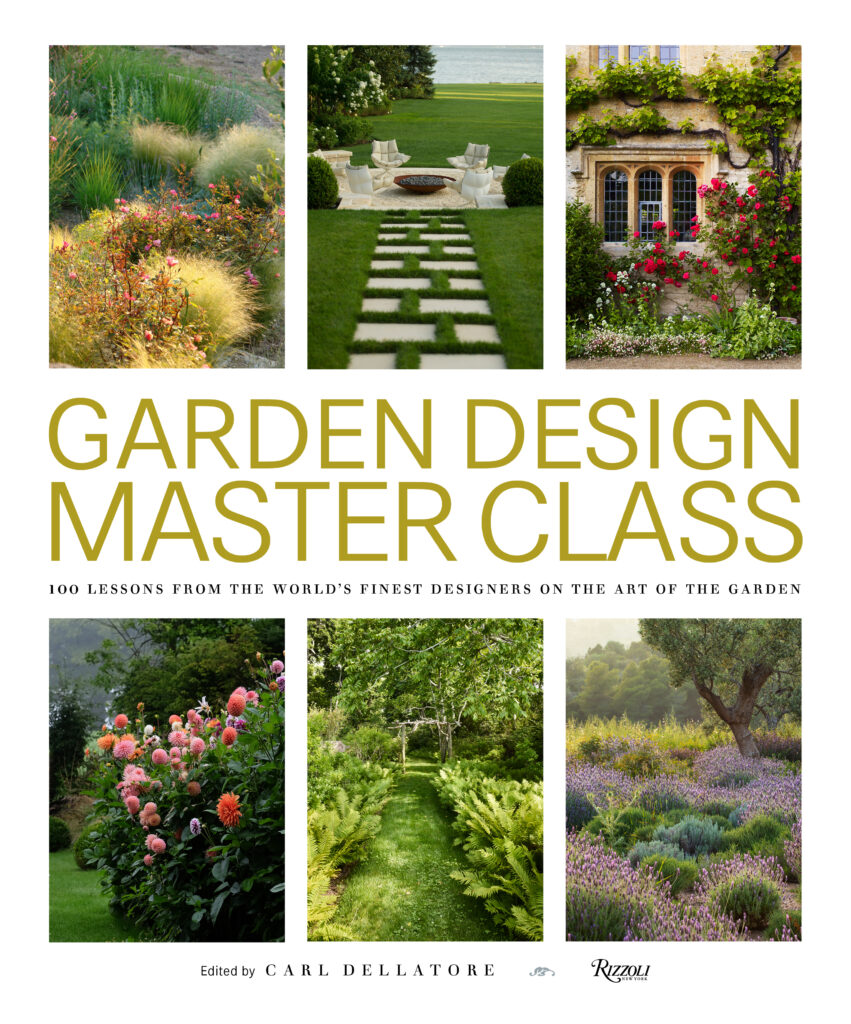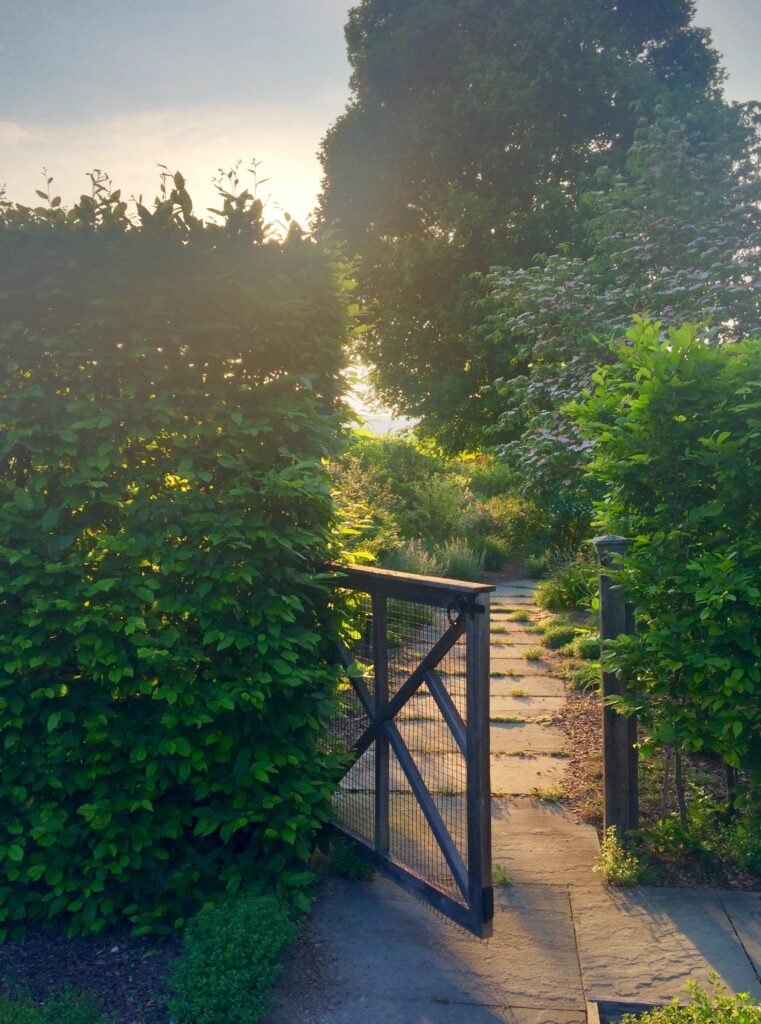
Introduction
© Carl Dellatore, April 14, 2020. Rizzoli New York
More than two millennia ago, Roman statesman, orator, lawyer and philosopher Marcus Tullius Cicero purportedly said, “If you have a garden and a library, you have everything you need.” For me, these words still ring true today.
From the ancient Orto Botanico de Padova in Northern Italy, which featured medicinal plants, to Piet Oudolf’s elevated railway garden on the High Line in New York City, the idea of cultivating plants has fascinated nearly every society since the birth of agriculture during the Neolithic Revolution.
At the same time, the spread of printed literature—from the Library of Alexandria in Egypt to Oxford University’s vast Bodleian Library to the gloriously restored Rose Reading Room in New York’s main public library—has given us a treasure trove of books about gardens and garden design.
When I set out to learn about the finest books on garden design, I asked James Braydon Hall, the president of the Garden Conservancy, to share some of his favorites. The first writer he cited, Thomas Jefferson, may surprise some readers who know Jefferson primarily as a Founding Father and U.S. president. But as Hall points out, Jefferson was a “scientist, statesman, explorer, and gardener.” His Garden and Farm Books (c. 1802) provide a glimpse of early nineteenth-century American gardening and farming while also showcasing Jefferson’s view that horticulture could play a key role in shaping the new nation and its inhabitants.
Fast-forward a century, Hall told me, and delve into novelist Edith Wharton’s vision of grand American gardens as heirs to the European aristocratic gardening tradition. In Italian Villas and their Gardens (1904), Wharton helped to shape a Gilded Age vision of American upper-class life—in Hall’s words, presenting gardens “as visible symbols of power and as enormous symbolic canvases upon which to play out the rituals of their milieu.”
In our own time, Michael Pollan captures the spirit of the post-modern approach to gardening in his Second Nature: A Gardener’s Education (2003). As Hall says, Pollan “brilliantly takes on the self-conscious fashion for gardening among post-urban intellectuals,” which often takes the form of a search for personal, rather than cultural meaning.
Many of the designers whose ideas are captured in this book have also found inspiration in books by master gardeners. In our conversations and in their essays, several names appeared again and again—including Beth Chatto, Russell Page, and Christopher Lloyd. It’s well worth spending some time with these luminaries of twentieth-century garden design, whose influence is still apparent today in gardens around the world.
Chatto, the subject of a recent biography by Catherine Horwood and the author of numerous books, was a pioneer of environmentally friendly gardening techniques, emphasizing the importance of choosing plants not only for their visual appeal but also for their suitability to the local conditions. She urged gardeners to look at the whole plant, not just its flowers, and to observe it throughout the seasons, while remaining committed to the garden’s overall beauty and order.
The legendary gardener Russell Page also drew inspiration from the surrounding landscape and chose plants for their natural compatibility with the setting, while embracing an unabashedly formal design aesthetic. In his only book, The Education of a Gardener (1962, reissued by New York Review Books in 2007), Page described his early inspirations as well as the design process for some of his most famous commissions from the first half of the twentieth century, including estates in Europe, the Middle East, and the Americas.
Christopher Lloyd, author of 20 books and numerous articles about gardening, has long been viewed as an “artist” who transcended the traditional education he received as a horticulture student and at his parents’ English manor house to create original and unexpected designs. His gardens at Great Dixter, his family home, are world renowned, and his many books have left their mark on countless gardeners over the past half-century.
Through the evocative writing of the master gardeners who have contributed to this volume, new generations of designers and enthusiasts can draw aesthetic and practical inspiration. Amidst the bustle of our twenty-first-century world, Cicero’s two prerequisites for a fulfilling life—the garden and the library—resonate more than ever. It is my hope that this book can join these others on the shelves of devoted gardeners everywhere, bringing fresh insights from the many contributors who have shared their visions in these pages.
